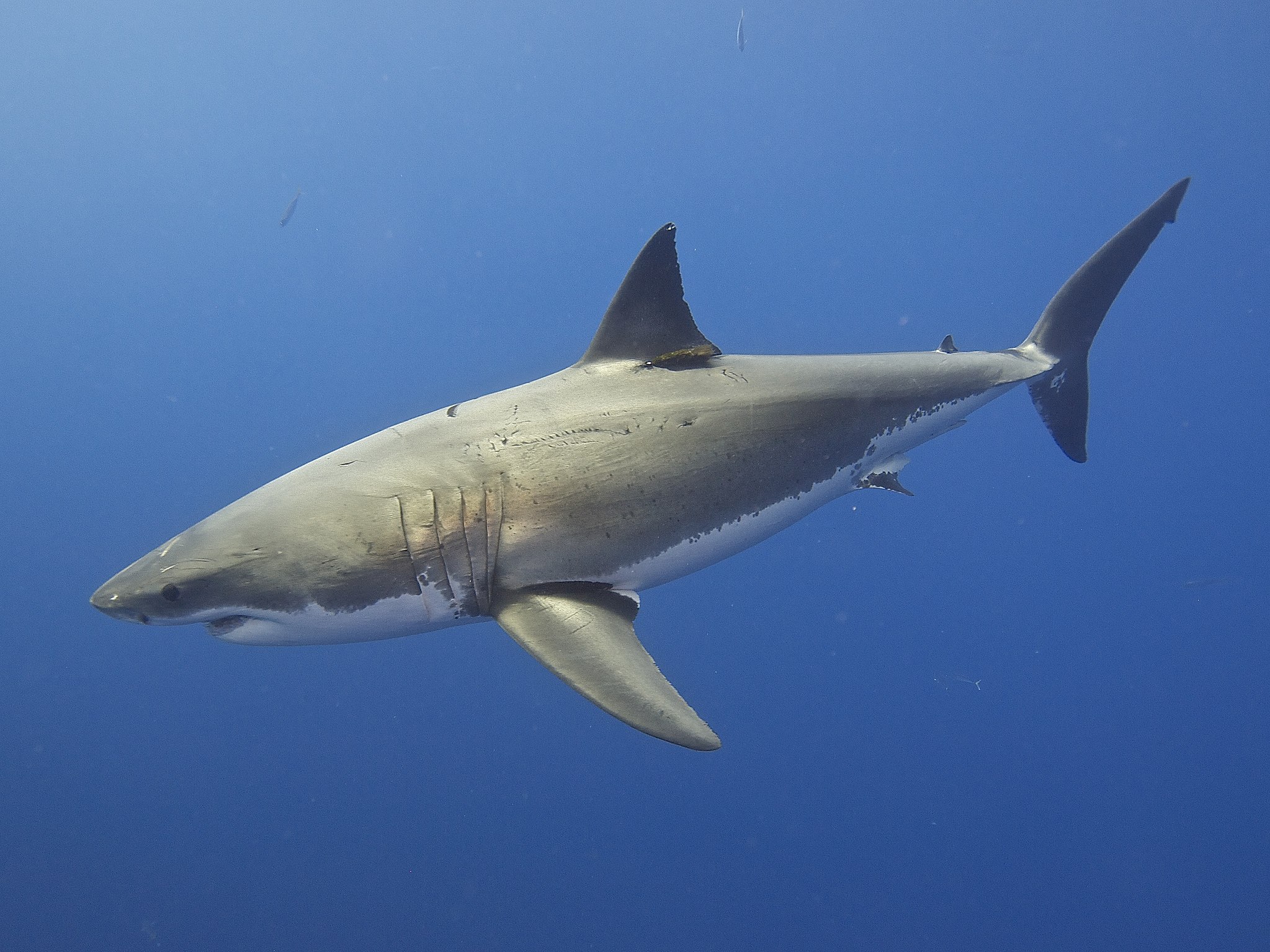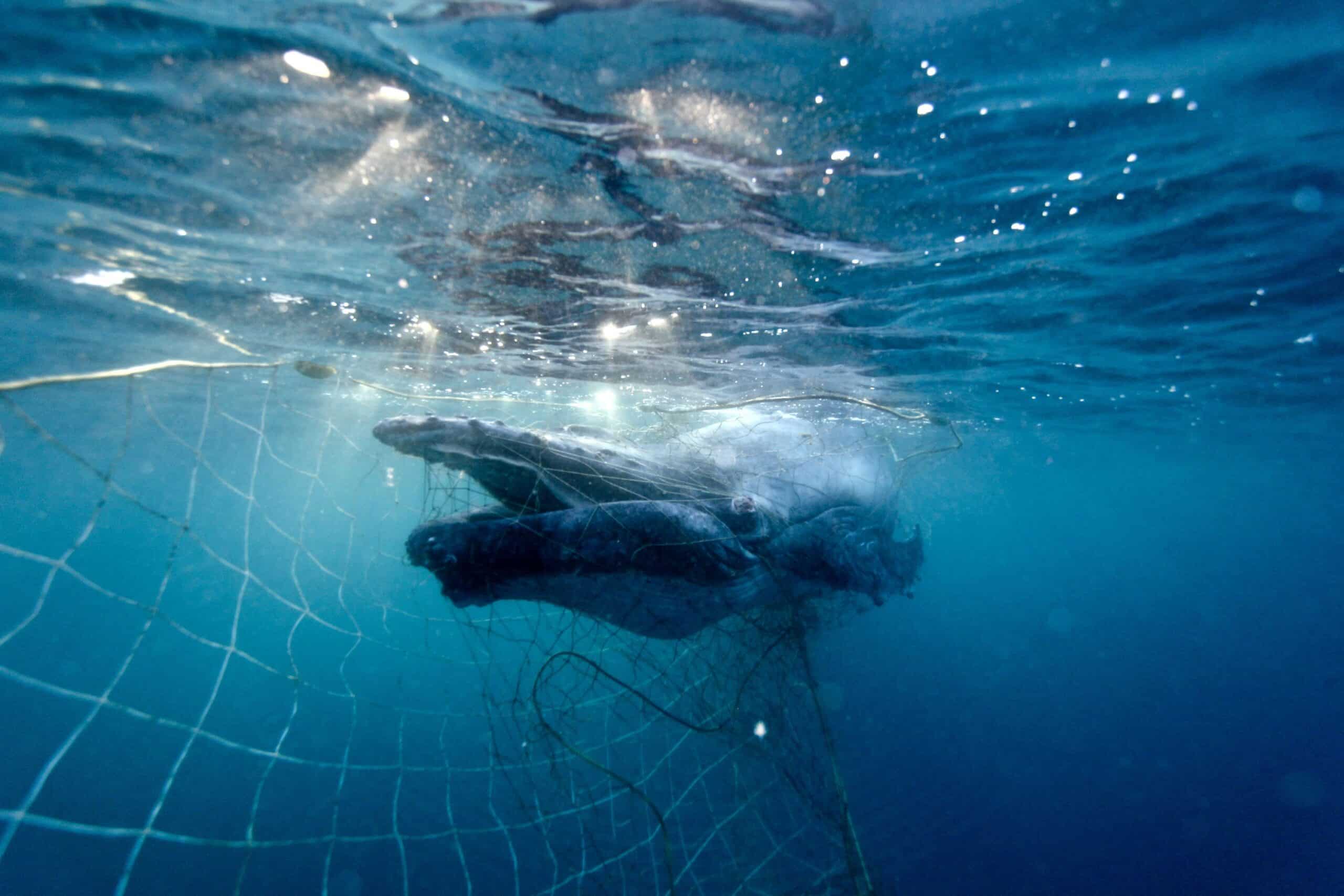Research shows that Australia’s great white sharks are highly related to each other and may consist of fewer than 500 breeding animals. SYDNEY, 24 June 2025: Latest research has found Australia’s great white shark population is much smaller than expected, increasing their vulnerability to further population threats. The population...
Albatross are an iconic seabird, and one we’d like to celebrate on World Oceans Day. As the most highly endangered group of birds on the planet with 21 species at risk of extinction, HSI has always felt huge responsibility for ensuring we do everything possible to help minimise the threats posed to these magnificent birds.
Plastics is a pervasive and obvious problem for the albatross. They eat small fragments of plastics and get stuck in larger pieces of plastic. However one of the most persistent threats to the albatross that despite significant effort is yet to be resolved, is the threat of being caught and killed in the world’s fisheries. Albatross are caught as they dive for bait on the lines to catch an easy meal, then get caught on the hooks and drown. This so called ‘bycatch’ problem is enormous and for a species that spends much of its life on the wing, sailing over distant oceans, it occurs out of sight.

Black-browed albatross sitting in a nest, South Sandwich Islands, Antarctica. iStock/mzphoto
Over the years HSI has taken many actions to conserve albatross, and we have consistently campaigned for fishing lines to be heavily weighted so that bait put on fishing lines can sink fast, and be swiftly taken out of the albatrosses’ reach. And we have been very successful. We have succeeded domestically in getting much needed protection under federal environment laws for many species. Our work also led to longline fishing being recognised as a key threat to the albatross, which has resulted in management measures being put in place in fisheries to ensure numbers of albatross caught are kept low – however even low numbers are too many.
As migratory species, with no recognition for country borders, it is essential that we also work internationally to protect albatross. HSI does this through participating in important international fora such as the Agreement on the Conservation of Albatrosses and Petrels (ACAP). HSI worked closely with the Australian Government to spearhead this agreement, which seeks to coordinate international activity and protect albatross populations against the threats they are facing. We attend ACAP meetings to ensure that the best practice advice prepared for fishing operations is fit for purpose and then we work tirelessly domestically to ensure that fisheries implement the recommendations made.

Light-mantled Sooty Albatross. Nigel Brothers.
Longline fishing for Southern Bluefin Tuna on the high seas remains one of the key threats for many albatross species, some of which have populations so low they cannot withstand even the loss of small numbers of individuals. In an effort to counter this HSI has attended meetings of the Commission for the Conservation of Southern Bluefin Tuna (CCSBT) as an observer for many years, seeking to ensure that fisheries use effective mitigation measures to prevent albatross deaths. The next meeting is coming up in October in Noumea New Caledonia and HSI will once again be there, calling on member countries to take action to protect the albatross, before it really is too late.


